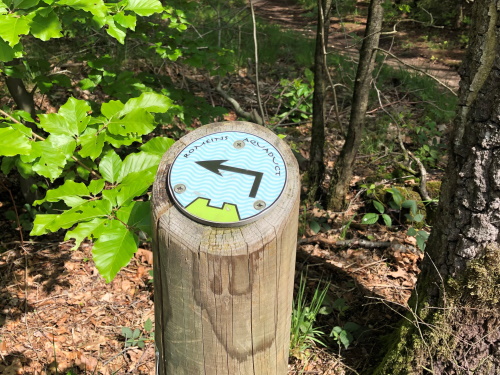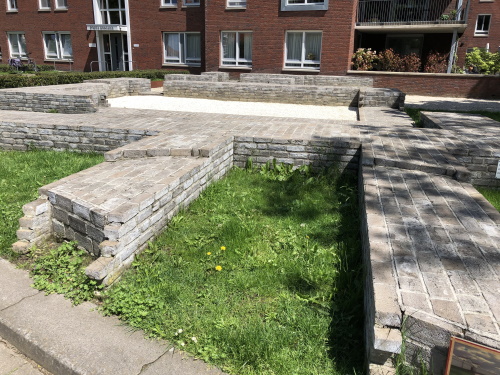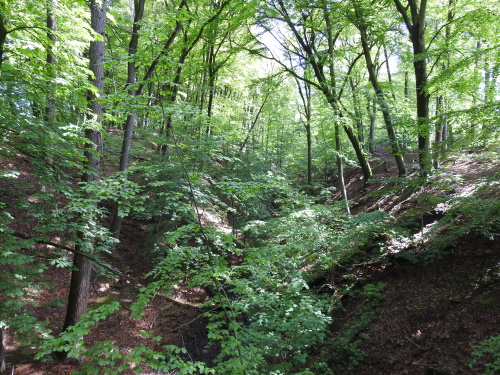Blog TWHS Visits
Lower German Limes: Berg en Dal Aqueduct
The Dutch part of the Lower German Limes TWHS comprises 26 locations on the 2nd century Roman frontier along the river Rhine. Together with a string of sites in what is now Germany, it formed the north-eastern boundary of the Roman province of Germania Inferior. This Lower German Limes is up for discussion at the upcoming Combined 2020-2021 WHC session in July. I haven’t been able to find any news about the outcome of the ICOMOS advice yet, but it seems unlikely that the site will not be accepted given the history of earlier Limes proposals.

I reviewed the German part of this potential WHS already in 2019: Lower German Limes: Xanten. For a glimpse of the Dutch part, I chose location #25: the Roman aqueduct at Berg en Dal. Berg en Dal is a pretty village close to Nijmegen, which was the most important Roman city in the Netherlands. A legion of 5,000 soldiers was stationed here and a town of craft- and tradesmen developed around it. The aqueduct was a military aqueduct, which supplied the legionary fortress with fresh water. It is one of the few known examples of its kind with extant remains. A well wasn’t enough to provide for all the water needed, so they built a water pipe (aqueduct) from several sources in Berg en Dal. The water supply used a wooden gutter, of which nothing remains. Only the earth works can be seen.
There is a 7km long hiking trail along the traces of the aqueduct. It starts from the center of Berg en Dal. A website plus QR codes along the way explains the features in detail. Both trail and website look to have been designed during a sudden flurry of attention (and monetary subsidy). On the ground, in May 2021, the signposting proved to be few and far between, I needed maps.me and the global map on the website to get me to the finish.
Actually the most interesting part is already right at the start. Here lie a few natural springs, conveniently near the highest point of the area. What is most visible is the unnatural deep gully that starts here: excavated by Roman troops. This and other parts along the route lie on private property and are not accessible, which is a shame as it would have made the hike more pleasant. Now it is more like a stroll through the (often opulent) neighbourhoods of Berg en Dal.
To make the experience even worse, the “Roman Aqueduct” may not even have been an aqueduct. One of the information panels along the way hints that the “aqueduct” was merely a project to keep the Roman soldiers busy and in shape. The nomination dossier leaves it at “Although a water channel has not been attested so far, it is the obvious explanation”.

The Lower German Limes will be discussed as a separate WHS and not as an extension to the Frontiers of the Roman Empire WHS (a summary of the reasoning behind that can be found here). I think a location like this is exemplary for those serial sites with many locations. More does not make it better. There are already so many great Roman sites on the List, it doesn’t need these meagre remains. The German part isn’t much better. If you want to see what the Romans did to the Netherlands however, Nijmegen still is the best place to go. Its Valkhof museum has a Roman archeology section with regional findings.
Els - 30 May 2021
